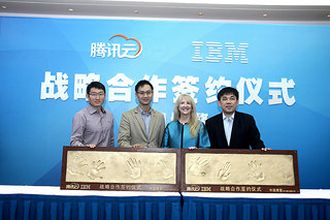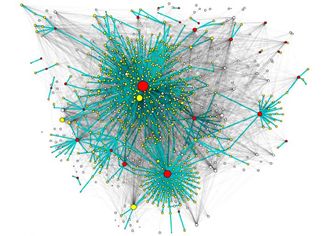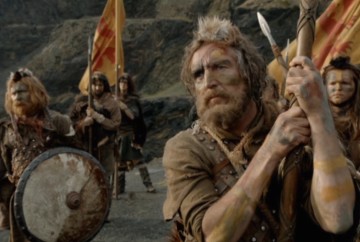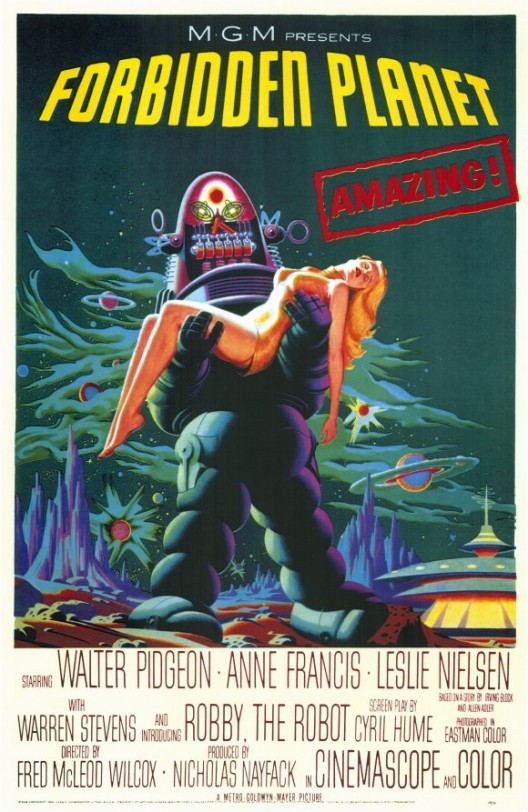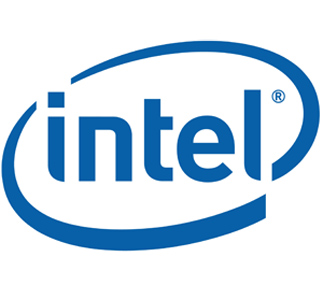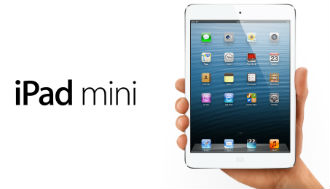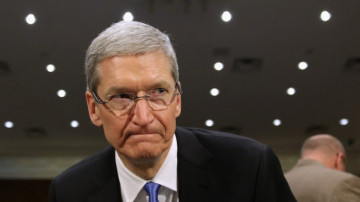 This morning the Tame Apple Press is full of praise for Apple CEO Tim Cook “coming out as gay as if it is really important.
This morning the Tame Apple Press is full of praise for Apple CEO Tim Cook “coming out as gay as if it is really important.
Writing in Bloomberg Businessweek, Apple CEO Tim Cook, unprompted, has said that he is gay. It was news that comes as no surprise to anyone, so why in 2014 was it news?
Cook’s sexuality has been known for ages, in fact when he took over, I mentioned it in his biography only to have it cut out by the news editor. “Who the hell cares?” he diplomatically pointed out. Indeed.
If Cook had come out in Oscar Wilde’s time, when it was illegal, it would be news. However, this is 2014 and being gay is normal. The sort of people who do not think it is normal are the sort of people who have all sorts of undesirable prejudices and no one wants to be like. Even the concept of “coming out” is a relic of a time when homosexuality had to be secret and not considered normal.
Why does it matter? The Tame Apple Press says that such an announcement will “save lives” because kids will no longer be bullied for their sexuality. After all if Tim Cook can come out then the other kids will say “It is ok the guy who makes our great gadgets is gay so we will accept you”. Clearly the Tame Apple Press has no understanding of the minds of bullies.
So if it does not really make a difference why is Cook saying it?
Apple has been in the press a lot lately and the news has not been good. Its iPhone 6 bent and caught fire, it was implicated in the bankruptcy of its Sapphire Glass maker, Apple Pay was rejected by retailers, its iCloud was hacked and celebrities had their naked selfies exposed, the iWatch is late and will probably be a turkey.
Fairly or unfairly there are mutterings are that “none of this would happen under Jobs” and “Apple is not the same”,
The feeling is that Apple needs a “personality” as a leader and Cook is decidedly lacking in that regard. This announcement was like a back-story episode in Season 2 of a sci-fi drama. We have known that someone is two dimensionally evil, hates aliens, or has a phobia about custard, but in this episode we are shown the reason. This is “fleshing out of the character” is not designed to provide information, but is supposed to make a 2D character more three-dimensional.
The problem is that Tim Cook’s only back-story is that he is gay – the very thing that for the last two decades humanity in the Western world has decided is normal. As a result, he is still as two dimensional as his phones because really… who cares what Cook bonks?
 A report by Markets and Markets estimated that by 2019 the datacentre automation market will be worth $7.53 billion.
A report by Markets and Markets estimated that by 2019 the datacentre automation market will be worth $7.53 billion.
